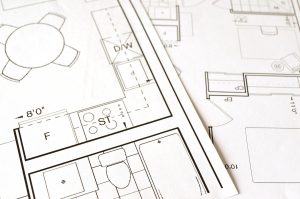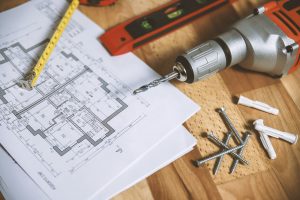Designing Design Services – Today’s Need
As seen elsewhere, appropriate design is an engineering activity that:
- Is helpful in creating products
- Mixes engineering knowledge with innovative design
- Requires professionalism
- Needs exceptional skills and tools
Today, the emphasis is on usability combined with attractive packaging. Consumers no longer settle for a purely functional product; they also want it to be aesthetically pleasing. As CAD and CAE tools become more advanced and powerful, it takes specialised skills to use them effectively and unlock their full potential. This demand has led to a rise in engineering design service providers.
Steps in Engineering Design Services
When an entrepreneur or company decides to develop a product or artifact, the next step is to approach a professional engineering design services provider. Since a product can have numerous design possibilities, a focused iterative process is required. The design service provider manages all these iterations. Below are the key steps involved in engineering design services:
Recognizing the Design Needs
This step involves listing the product’s function, user requirements, and expected features. Understanding these factors ensures the final product aligns with market needs.
Gathering Relevant Information About the Product/Artifact
Extensive research is conducted at this stage. This includes:
- Studying competitors’ products
- Reading industry literature and online sources
- Engaging with potential customers
Additionally, this step involves identifying loads, limits, conditions, and forces the product will experience. The product design must ensure functionality under extreme conditions while also being optimized and visually appealing.
Conceptualising Potential Solutions
Since design engineering blends science and creativity, there can be multiple solutions for a product. The engineering design services team brainstorms various options to determine the best possible artifact.
It is also critical to ensure that costs and development time remain minimal. This requires getting the product design right the first time.
Modern CAD software is intuitive and includes standardized design libraries, ensuring adherence to design standards. Meanwhile, CAE tools allow virtual testing and simulation, highlighting weak areas in the design. Fixing these flaws early results in a robust final product.
Focusing on the Most Feasible Solution
After analyzing all “What if” scenarios, businesses can narrow down the best design. This step involves selecting the optimal solution that meets product and client requirements, followed by modeling a prototype using CAD/CAE software.
Executing and Testing the Design Solution
The emergence of 3D printing has made prototyping easier. Most engineering design service providers use 3D printers to create physical prototypes. These prototypes undergo extensive testing to validate:
- Functionality
- Fit and structure
- Ergonomics
Prototyping allows companies to refine and enhance design performance before full-scale production.
The above steps are iterated until an acceptable engineering and design solution is achieved.
Conclusion
Design engineering is the driving force behind every successful product. Companies specializing in this field provide value-added services tailored to customer needs.
Since proper design engineering is the foundation of a successful product—whether a household item or a complex architectural masterpiece—it is crucial to choose a company with hands-on experience in delivering these services.

